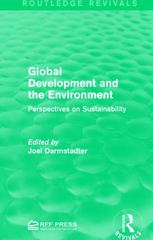Question
1. Assume a firm is in the short run with capital (K) fixed and labor (L) variable. Explain why a firm will or will not
1. Assume a firm is in the short run with capital (K) fixed and labor (L) variable. Explain why a firm will or will not experience diminishing marginal returns to labor for each of the two following production functions: a. = (,) = 5 + b. = (,) = 0.5 0.5
2. What is the difference between an isoquant and an indifference curve?
3. Explain the relationship between the shape of the marginal cost curve and the marginal product of labor curve.
4. Suppose the cost of producing milkshakes is = 0.333 3 3 2 + 15 + 50. What is the equation for marginal cost? At what point is marginal cost minimized?
5. Sally the Builder can produce blocks according to the following production function, = (,) = 10 0.5 0.5 . Suppose that wage (w) is $1 per hour and the rental rate (r) is $4. a. Draw an accurate figure showing how Sally minimizes costs of production. b. What is the equation of the (long run) expansion path? Illustrate it on the graph. c. Derive the long run total cost curve equation as a function of q.
6. If input prices are w = 3, and r = 2, and q = 10KL, what is the least cost input combination required to produce 60 units of output? How would input usage change if output is increased to 240 units? Sketch the solutions on a graph.
7. Should a competitive firm ever produce when it is losing money (negative profit)?
Step by Step Solution
There are 3 Steps involved in it
Step: 1

Get Instant Access to Expert-Tailored Solutions
See step-by-step solutions with expert insights and AI powered tools for academic success
Step: 2

Step: 3

Ace Your Homework with AI
Get the answers you need in no time with our AI-driven, step-by-step assistance
Get Started


